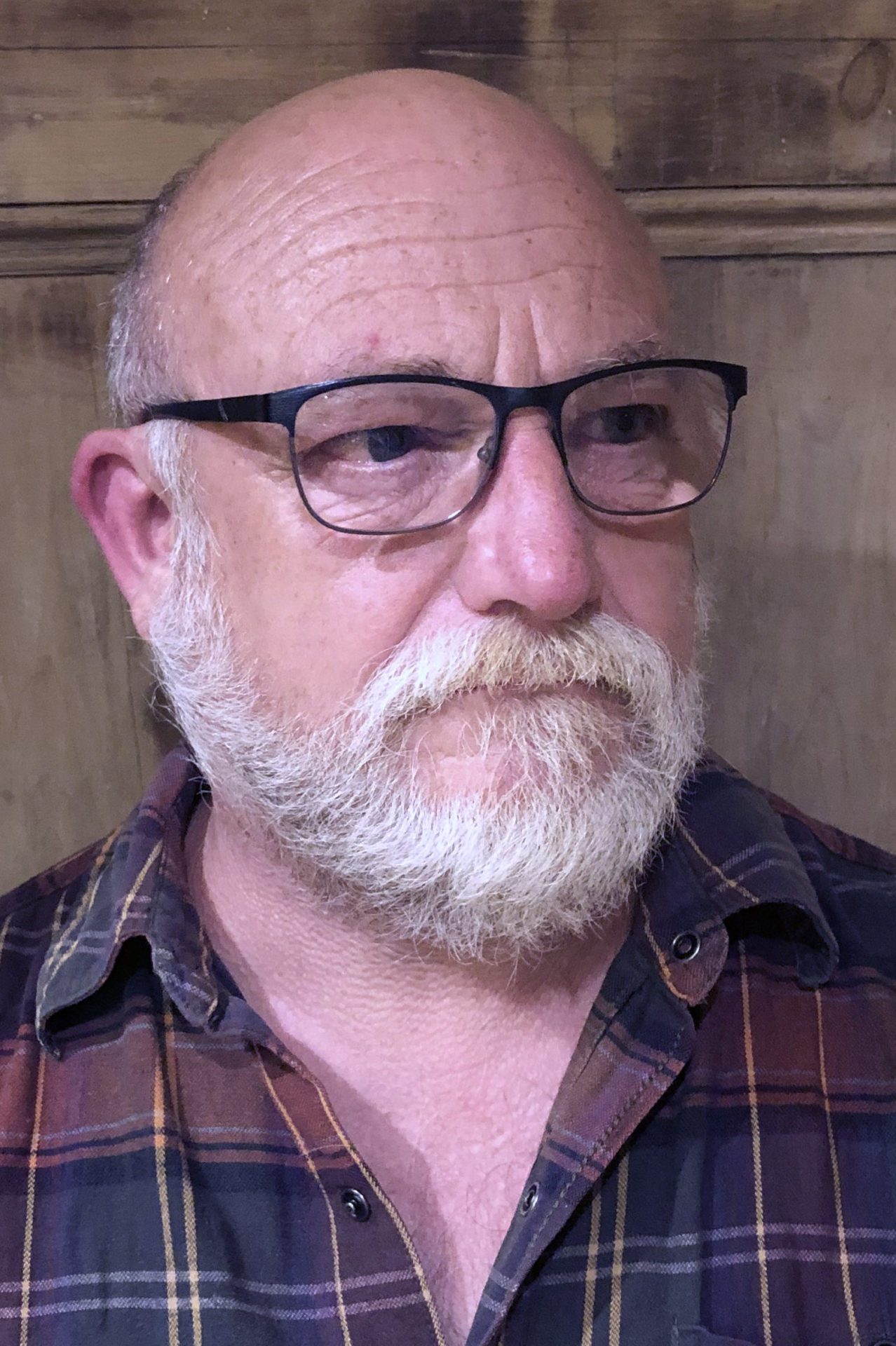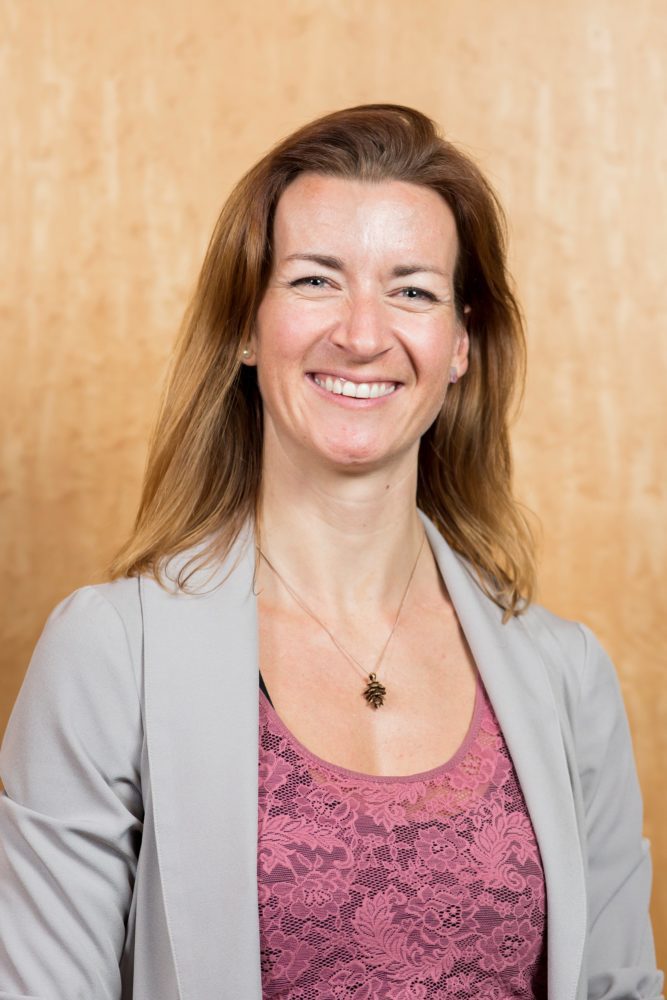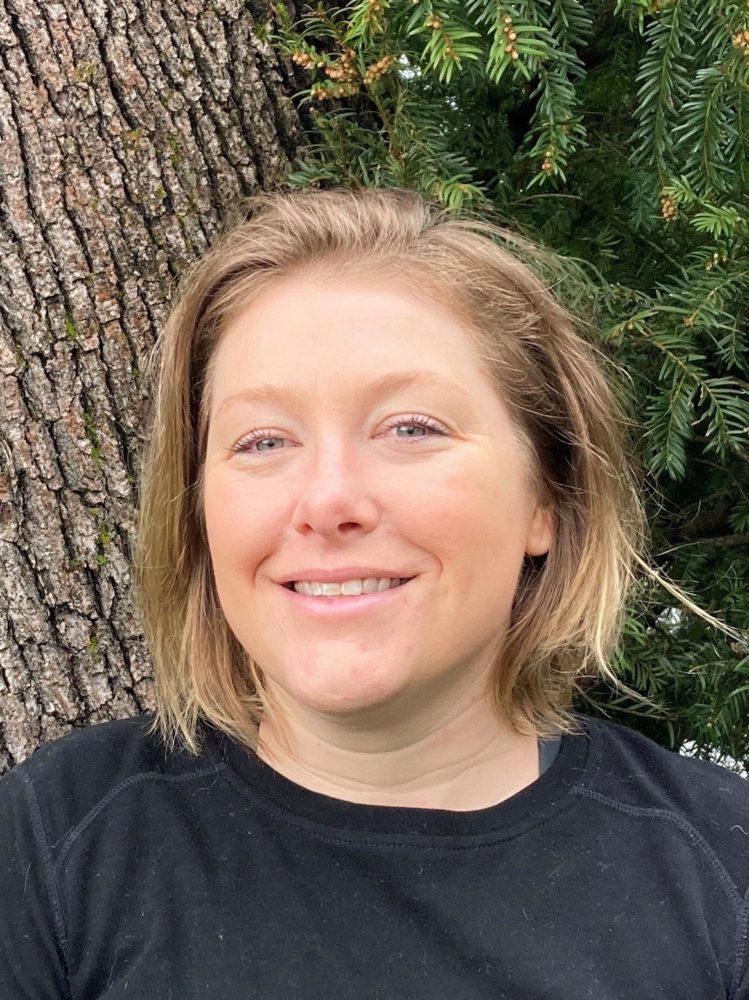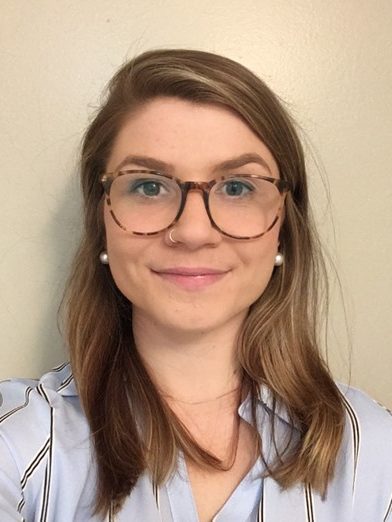
$30 – $60 / Zoom
- This event has passed.
Summary of Activities 2020: Minerals
May 20, 2021 @ 9:00 am – 11:00 am PDT
AME in partnership with Geoscience BC present Summary of Activities 2020: Minerals
Geoscience BC’s Summary of Activities 2020: Minerals contains 15 papers from Geoscience BC projects and scholarship recipients. As part of Mining Month, join AME and Geoscience BC on Thursday, May 20 to hear about six of these projects that are identifying new natural resource opportunities and advancing science and innovative geoscience technologies in British Columbia.
To download the Geoscience BC Summary of Activities 2020: Minerals click here.
Pricing
$30 Individual Members & Corporate Members| $60 Non-Members
If the company you work for has a corporate membership please email [email protected] for your discount code. Corporate members can be found here.
Recordings will be available to registered attendees after the live event for three months.
Refund Policy: Refunds up to 1 day before the event, no refunds after 1 day. Invoices must be paid in full to have access to the event and recording.
Schedule
Presenters

Dr. Rob Chapman
University of Leeds, UK
Rob gained a BSc, MSc and PhD in extractive metallurgy and worked on gold, platinum and Uranium in South Africa before joining the University of Leeds. His research interest shifted to the application of gold mineralogy in exploration geology and he has worked in many areas in the Canadian Cordillera for nearly 20 years.

Britt Bluemel, MSc
GoldSpot Discoveries
Britt has over 10 years experience in mineral exploration and mining. She specializes in exploration geochemistry, alteration modelling, and multivariate data analysis. Britt has spent much of the last 5 years teaching a variety of short courses to both academia and industry on exploratory data analysis of geochemical data, as well as theoretical and practical short courses on the collection and utility of hyperspectral imaging data. Currently, Britt works with GoldSpot Discoveries – a group of geoscience and data science experts who work collaboratively to bring data-oriented solutions to the field of economic geology and mineral exploration.
Presenting together on: Gold Atlas of British Columbia
Talk Description

Rebecca Morris
PhD Student, University of Victoria
Rebecca is pursuing her PhD at the University of Victoria (Canada) under Dr. Dante Canil. For her research, she integrates her love of igneous petrology, field geology, and geochemistry by studying exhumed arc sections to better understand the magmatic processes that occur at depth. Her current research focuses on arc magma-wallrock interactions within the Jurassic Bonanza arc on Vancouver Island. Outside of her research, she is an avid runner, baker, and cat-mom to Owen & Jack.
Presentation: Cryptic magmatic skarn of the Merry Widow deposit, Vancouver Island
Talk Description
Trygve Höy
Consultant, Geoscience BC
Trygve Höy received his BSc in geology from UBC, his MSc from Carleton University, and his PhD from Queens University. He spent 28 years with the BC Geological Survey Branch as a research economic geologist, mainly concentrating on mineral deposits and their setting. He has published numerous research papers and geological maps covering the more highly prospective exploration belts in the southern part of the province. He has been an exploration consultant since 2002, concentrating most of his work in British Columbia, as well as in the Arctic Islands, Ontario, Quebec, Mexico, Argentina and Chile. He is a registered member of the BC Association of Professional Engineers and Geoscientists.
Presentation: Paleogene magmatism, Boundary area, southern British Columbia; geochronology and implications for precious metal mineralization
Talk Description
Taylor Ledoux
MDRU MSc Candidate, MDRU University of British Columbia
Taylor graduated from UBC in 2019. He spent three summers in the Yukon and NWT doing mineral exploration. Taylor is a M.Sc. student at UBC studying the variability in porphyry fertility of arcs in BC, Arizona, and Chile; supervised by Dr. Craig Hart at the Mineral Deposit Research Unit (MDRU).
Presentation: Arc Evolution and Variability in Magmatic Porphyry Fertility of the Southern Quesnel Arc, south-central British Columbia (NTS 082E, L, 092H, I, P, 093A, B)
Talk Description
Gabrielle Jones
MSc Candidate, Diamond Exploration Training School (DERTS),University of Alberta
Gabrielle (Gaby) is an MSc candidate at the University of Alberta studying the petrogenesis of the Hogem batholith using a combination of whole rock geochemistry and zircon U-Pb, Lu-Hf, oxygen-isotope, and trace element geochemistry. Her supervisors are Dr. Graham Pearson (University of Alberta) and Luke Ootes (BC Geological Survey).
Presentation: Zircon geochemistry of northern Hogem batholith, Quesnel terrane, north-central British Columbia
Talk Description
Lauchlan Fraser
Professor, Thompson Rivers University
Lauch Fraser is a Senior NSERC Industrial Research Chair in Ecosystem Reclamation in the Department of Natural Resource Sciences at Thompson Rivers University. Lauch joined TRU in 2004. He is an ecologist with expertise in grassland, wetland and rangeland ecosystems. Research in the Fraser lab is focused on ecological restoration, biodiversity and climate change.
